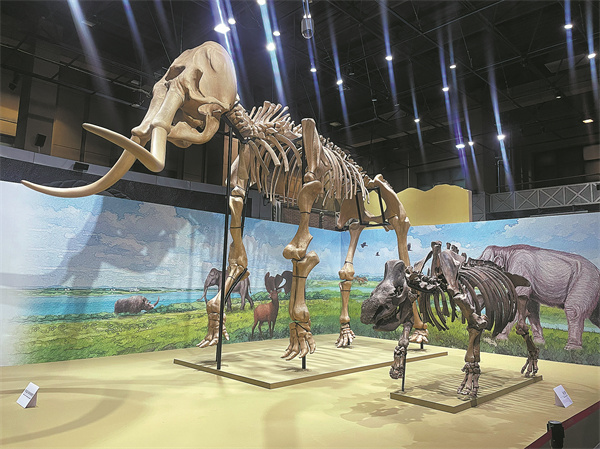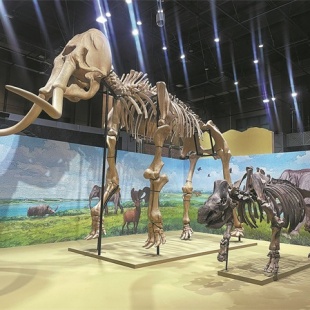Museum unveils million-year legacy of Nihewan


Divided into four sections, visitors can follow the timeline to explore the themes of human origins, ancient ecosystems, Paleolithic culture and the archaeological development of the site.
Located in Yangyuan county, Zhangjiakou, Hebei, Nihewan Basin is one of the country's earliest systematically excavated Paleolithic sites. The strata contains abundant fossils of ancient mammals, such as three-toed horses, woolly rhinoceroses, saber-toothed cats, giant deer and steppe mammoths, providing invaluable materials for studying the evolution of Cenozoic fauna in northern China. Nearly 400 sites have been identified, constructing a cultural sequence of ancient human evolution spanning nearly 2 million to 10,000 years.
Discovered in the early 1920s, the site contains well-known mammalian fauna and stone-tool artifacts in long sequences of sediments, making the region an attractive setting for geological, paleontological and archaeological exploration and research, according to the Geological Society of Hebei Province.





































